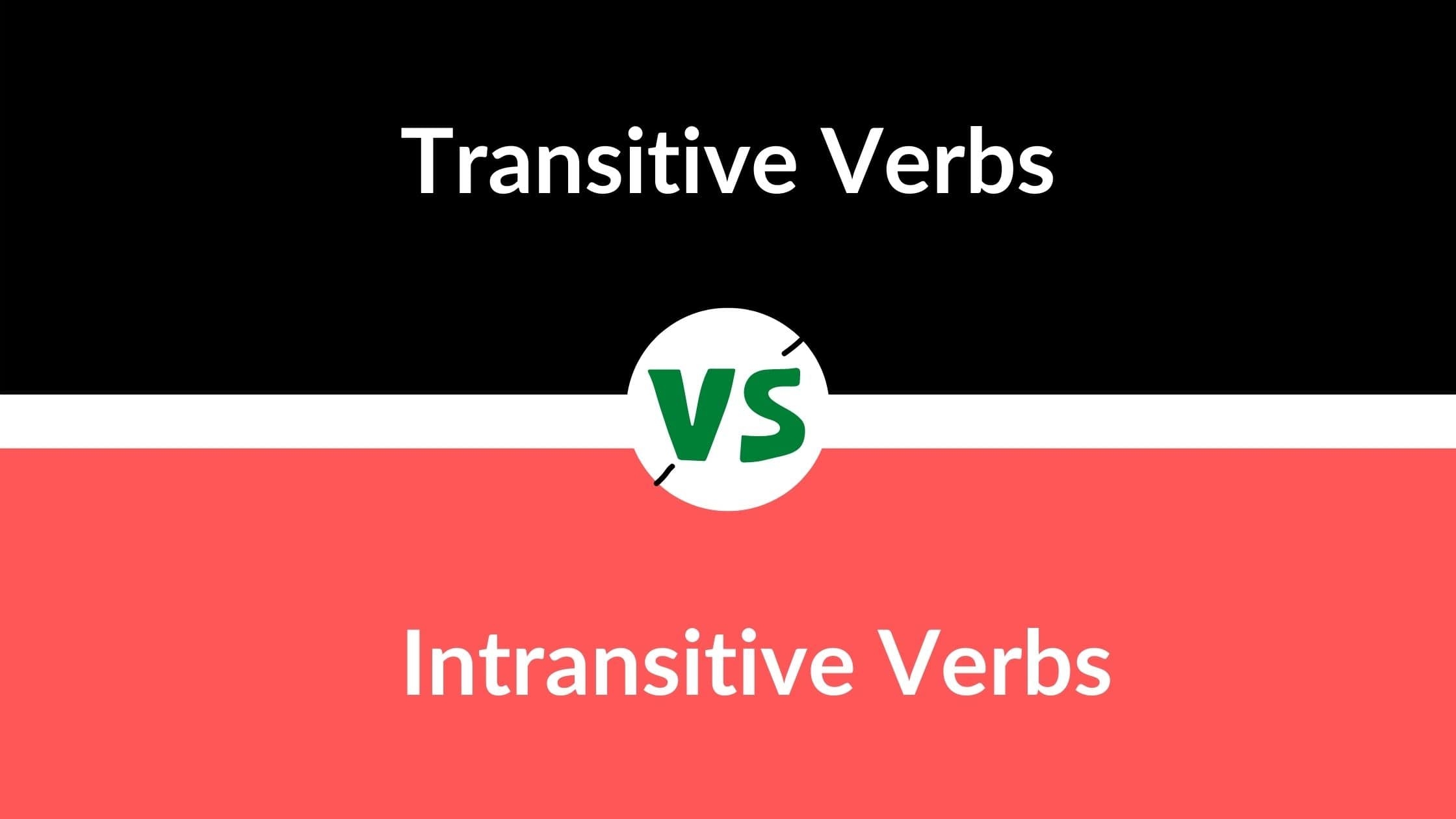Verbs are an essential part of speech that convey action or a state of being in a sentence. There are two main types of verbs: intransitive and transitive. Understanding the difference between these two types of verbs is crucial for proper sentence construction and communication.
Intransitive verbs do not require a direct object to complete their meaning. These verbs stand alone in a sentence and do not transfer the action to an object. On the other hand, transitive verbs require a direct object to complete their meaning, as they transfer the action from the subject to an object.
Intransitive vs Transitive Verb
Intransitive verbs are often used to describe actions or states that do not require an object to complete the meaning. For example, in the sentence “She sleeps,” the verb “sleeps” is intransitive because it does not require an object to convey the action of sleeping. Intransitive verbs can also be used in sentences where the subject is the sole focus of the action.
Transitive verbs, on the other hand, require a direct object to complete their meaning. For example, in the sentence “She eats an apple,” the verb “eats” is transitive because it requires the direct object “an apple” to convey the action of eating. Transitive verbs often transfer the action from the subject to the object, showing the relationship between the two elements in a sentence.
It is important to note that some verbs can be both transitive and intransitive, depending on how they are used in a sentence. For example, the verb “run” can be intransitive when used alone (e.g., “She runs every morning”) or transitive when followed by a direct object (e.g., “She runs a marathon”). Understanding the context in which a verb is used is key to determining whether it is intransitive or transitive.
Overall, distinguishing between intransitive and transitive verbs is essential for clear and effective communication. By understanding the roles these verbs play in a sentence, writers and speakers can convey their intended meaning accurately and efficiently. Whether using intransitive verbs to describe actions without objects or transitive verbs to transfer actions to objects, mastering the use of both types of verbs is crucial in language proficiency.
In conclusion, the distinction between intransitive and transitive verbs is fundamental in grammar and language usage. By recognizing the differences between these two types of verbs and how they function in sentences, individuals can enhance their communication skills and express themselves more effectively.
